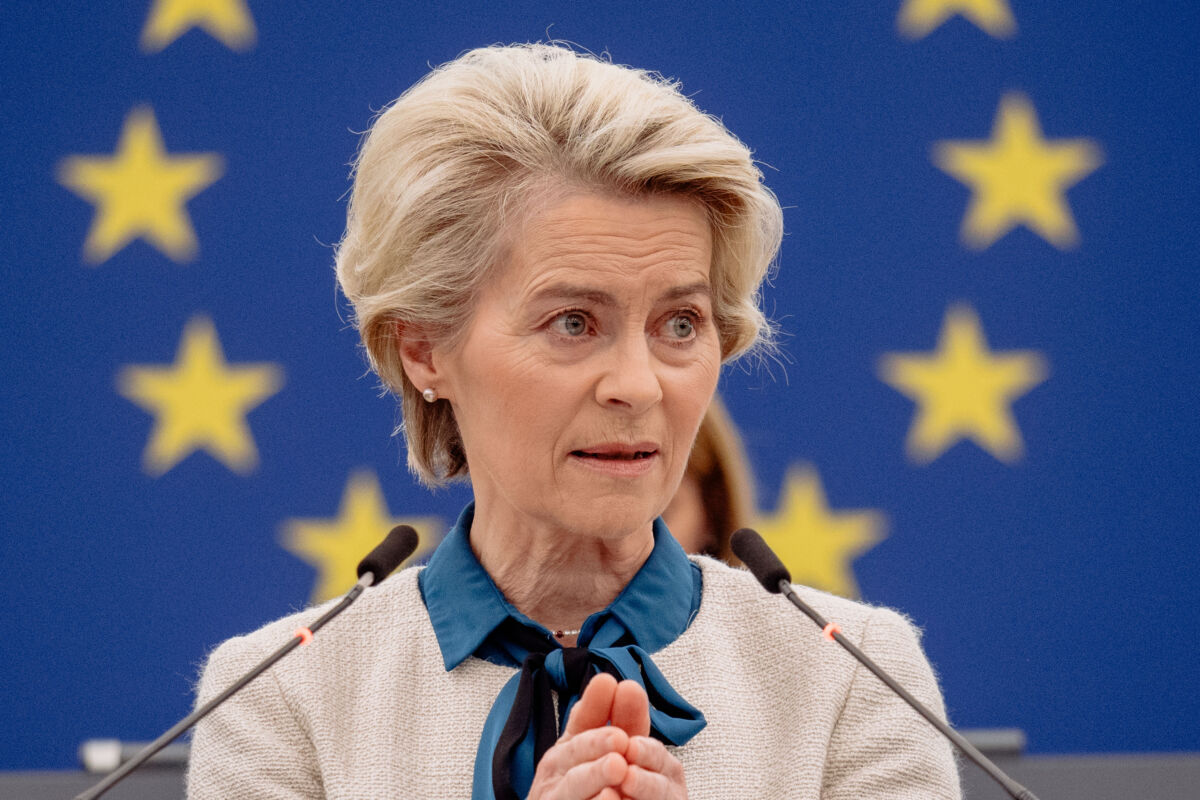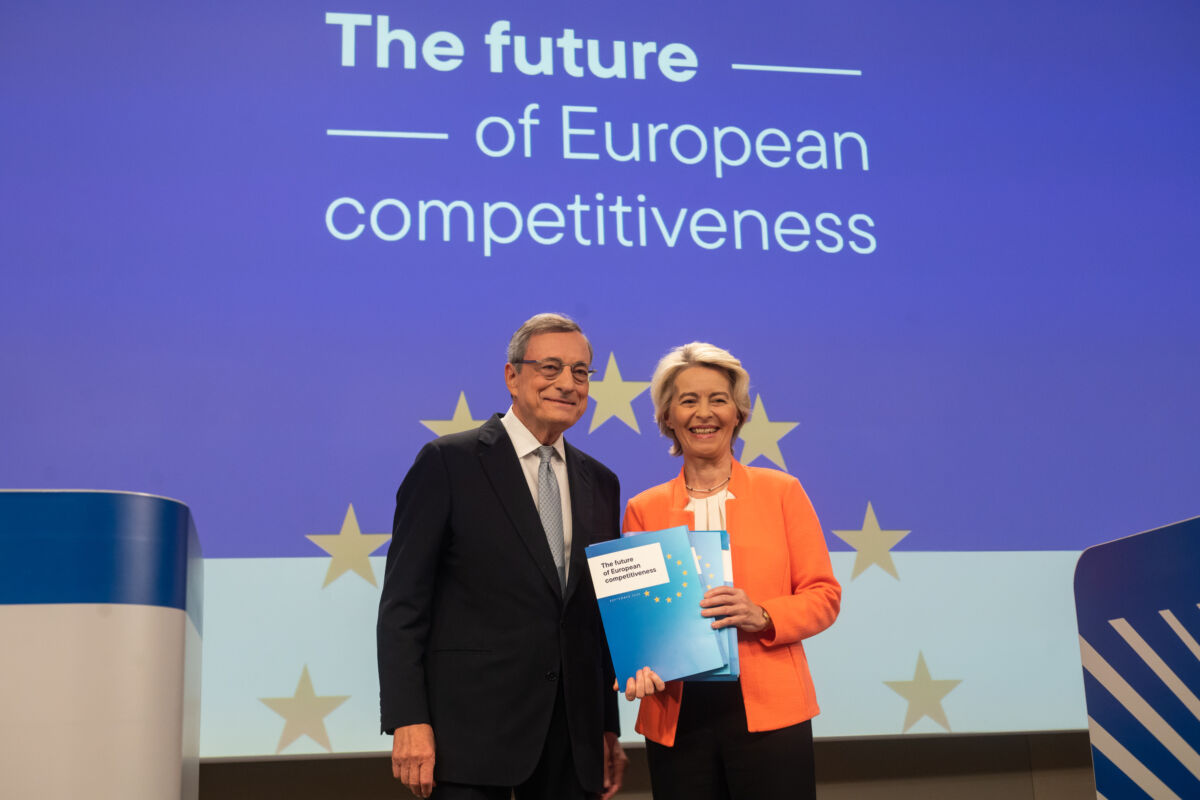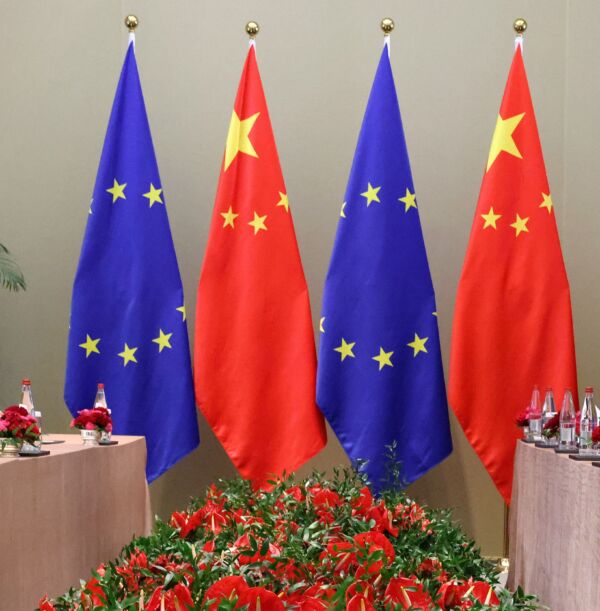The EU’s ambitions must be supported by adequate resources. This is particularly true for global health, where uncertainty stemming from the new US administration and other geopolitical shifts highlight the urgent need for the EU to step into the leadership role it has long sought.
Neglected diseases (or ‘NDs’) present a strategic opportunity for the EU to make a smart investment that could have a real impact on global health. NDs impact around 1.6 billion people globally, causing devastating health and socioeconomic consequences. Since those affected primarily live in low- and middle-income countries (LMICs) with limited ability to pay, there has been little to no commercial incentive for developing new medicines and vaccines targeting NDs.
Both the spread of NDs as well as their global health security significance are shifting. Climate change is facilitating the (re-)emergence of vector-borne diseases in other regions; linked challenges such as rising antimicrobial resistance (AMR) are increasing the disease burden; and some NDs have epidemic or even pandemic potential. As we’ve seen for Ebola or mpox, NDs tend to be neglected – until they come (close) to us. But at that point, it may already be too late for many to benefit from a new vaccine or medicine.
On the bright side, innovations such as AI for drug discovery and the use of mRNA platforms for vaccine development could see many NDs eventually eliminated. With decades of funding global health via its research and innovation framework programme (Horizon Europe and its predecessors) and direct contributions to neglected disease R&D from the European and Developing Countries Clinical Trials Partnership (Global Health EDCTP3), the EU has played a key role.
These investments have started to bear fruit. The recently approved malaria vaccines are a beacon of hope for a devastating scourge as old and as widespread as humankind. And a new chikungunya vaccine is offering protection for people living in LMICs, as well as for travellers and those who live in places where mosquitoes are finding new habitats due to climate change.
Yet a flurry of candidate vaccines and medicines that should be advancing through the clinical pipeline are hitting a dead end. Promising TB vaccines may get ‘stuck’ as developers urgently need cash to finance the last, costly phases of development, not to mention regulatory approval and actual commercialisation. Unless solutions are found to assist not-for-profit developers (a vast majority in this field) and small biotech companies reach the last mile of development, the EU risks missing out on a big part of the great investment return that decades of R&D investments could leverage if these products actually made it to market. That’s why DSW teamed up with US-based researchers who have developed an innovative pull funding mechanism – one that complements grants and helps innovations advance into the last phases of development – called the Priority Review Voucher (PRV).
We a similar but improved scheme for the EU. Under this programme, the developer of a new medicine or vaccine for an ND would be given a voucher from the European Medicines Agency and would be able to use it to either receive accelerated review for another, commercially valuable product or they would be able to sell the voucher on to another company.
The US PRV programme was crucial for the development of the first-ever vaccine against Chikungunya (which also received grant funding from CEPI/the EU) and other global health innovations, including dengue and mpox vaccines, as well as ND drugs for children – all developed by European companies. A potential EU PRV would complement the US programme and could be tailored to advance key health goals that are often difficult to balance.
Indeed, stimulating innovation and industry competitiveness while ensuring the sustainability of the EU’s public health systems and health innovations’ accessibility is a particularly complex task. An EU PRV programme could help companies reach the last stage of development. The programme alone wouldn’t guarantee equitable access to new medicines and vaccines but it could nudge companies to think about how they would ensure access to their medical innovations, both within and beyond Europe.
For instance, the US PRV programme complemented EU push funding from Horizon Europe to enable the development of fexinidazole – the first oral treatment for sleeping sickness – paving the way for the elimination of this disease after decades of neglect.
The programme’s requirements, such as access conditionalities and eligibility, would need to be fine-tuned. If well designed, this new pull incentive could accelerate the development of key treatments for diseases, including those that could become increasingly common in Europe due to climate change or could spark the next pandemic.
Revising the EU’s general pharmaceutical legislation is the perfect opportunity to introduce this programme. However, this window of opportunity will soon close and the EU should not miss the chance to provide a real contribution to global health innovation. In short, it really would be ridiculous for the first post-Covid EU pharmaceutical legislation to leave global health innovation and access completely out of its scope!
Depending on its future design, the European Health Emergency Preparedness and Response Authority (HERA) could also play a key role in introducing other pull mechanisms for ND R&D. has explored innovative financing approaches, including the joint procurement of vaccines for Covid-19 and mpox, and revenue guarantees for new antibiotics to fight against increasing AMR. DSW has also studied the impacts and feasibility of these and other pull incentive mechanisms.
While expectations for decisive EU action are high, securing additional resources for global health R&D in the next multiannual financial framework remains a significant challenge amid constrained public budgets and other global challenges. This calls for the EU to seriously explore all available options to promote innovation – especially those with no cost to taxpayers and a proven track record… like the PRV programme.
To be a credible leader, the EU must take on a more pivotal role in securing equitable access to global health innovations. The time is ripe for the EU to fulfil its geopolitical ambitions, capitalise on past R&D investments and deliver innovations that not only help to alleviate the heavy burden of disease but also to reduce socioeconomic inequalities around the world.
This CEPS Expert Commentary is part of a special series being published prior to the CEPS Ideas Lab on 3-4 March 2025 to showcase some of the most innovative ideas we’ll be rigorously debating with our participants. More info can be found on the official Ideas Lab 2025 website.





































